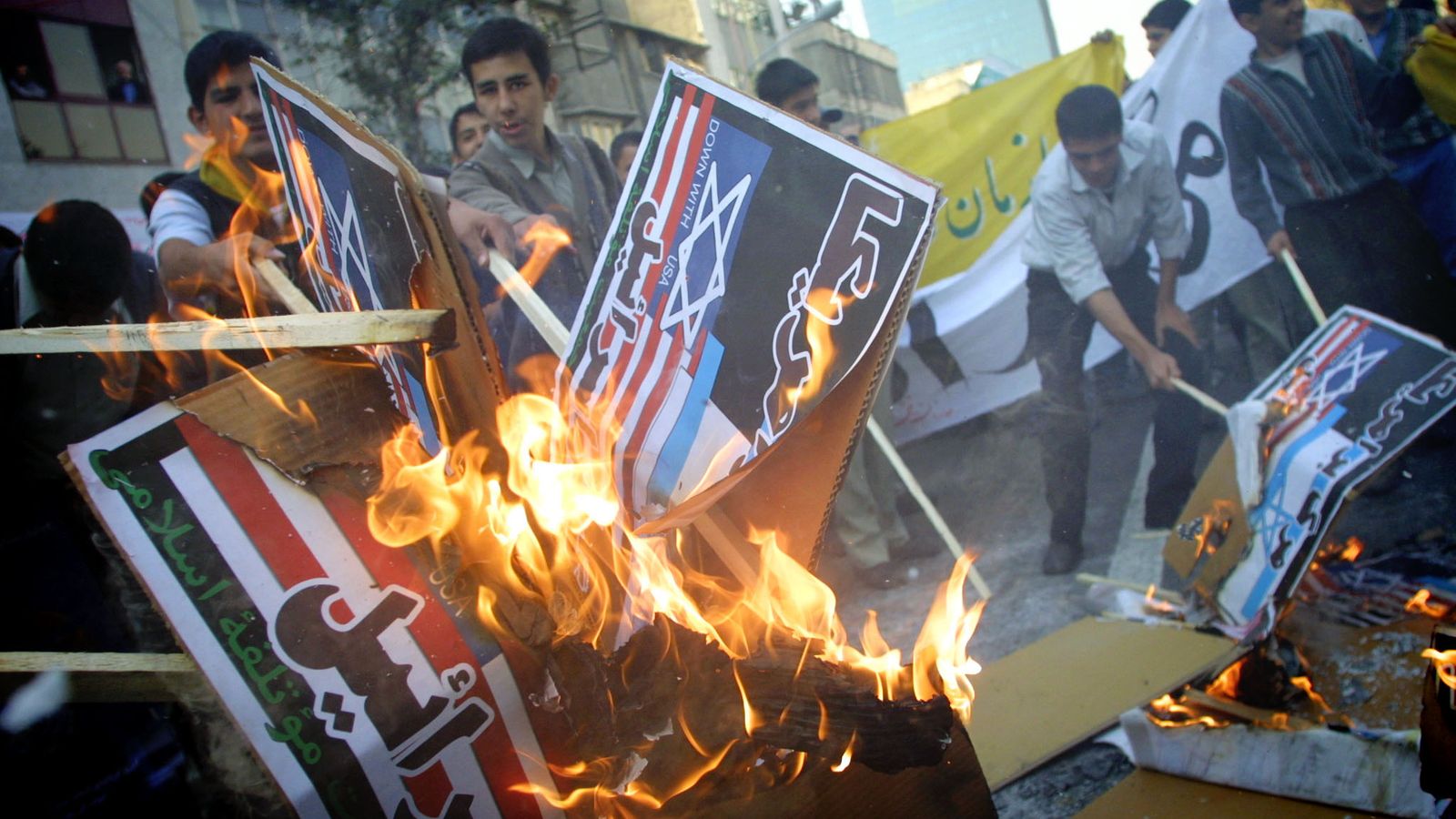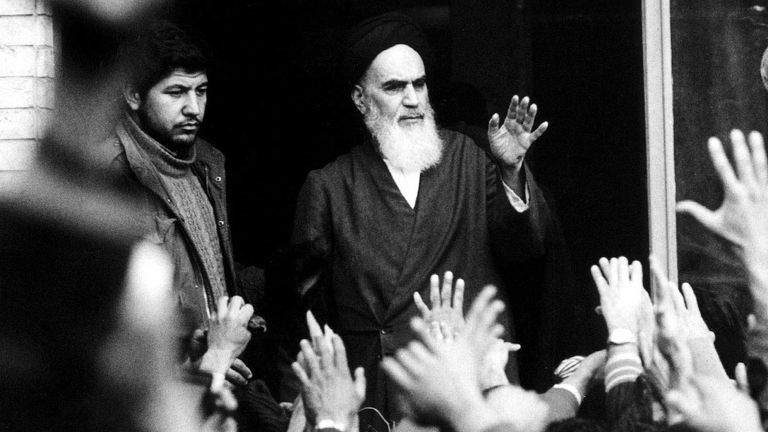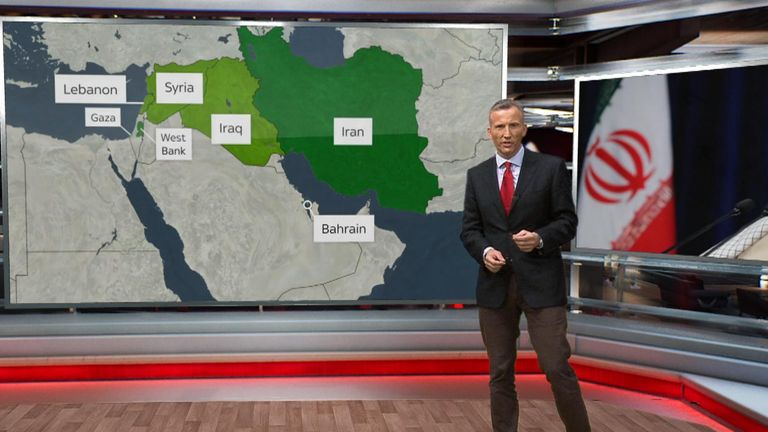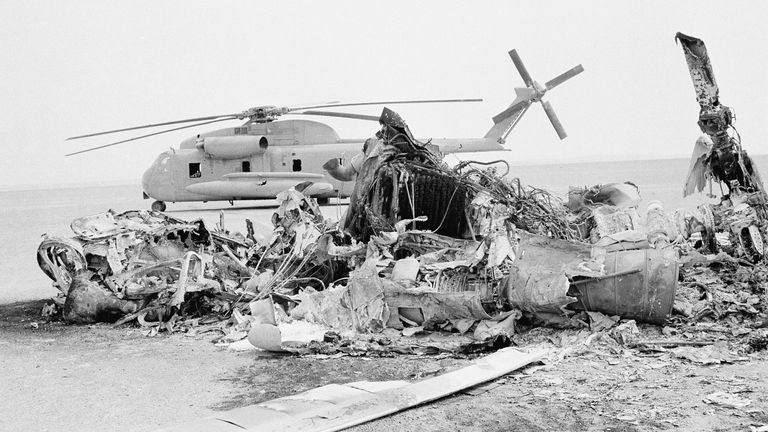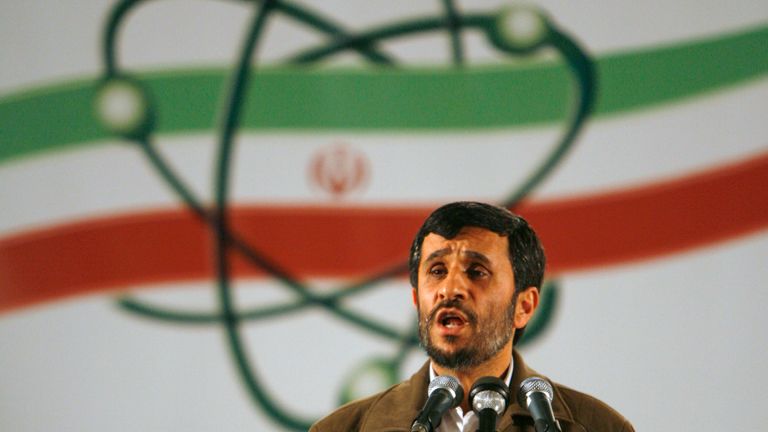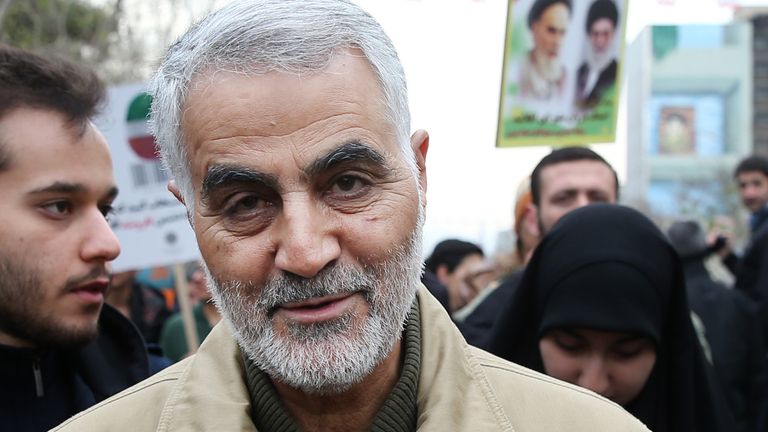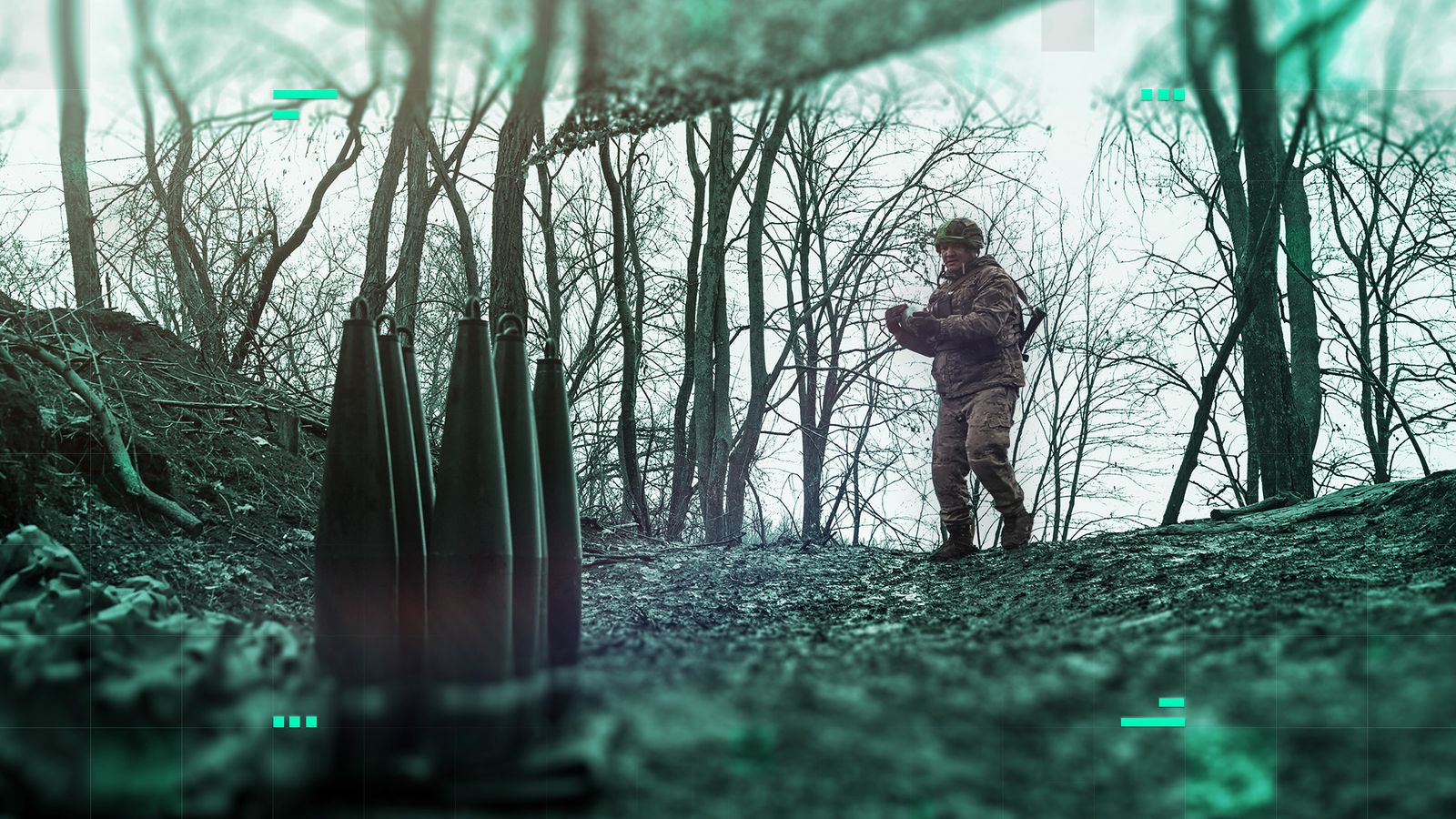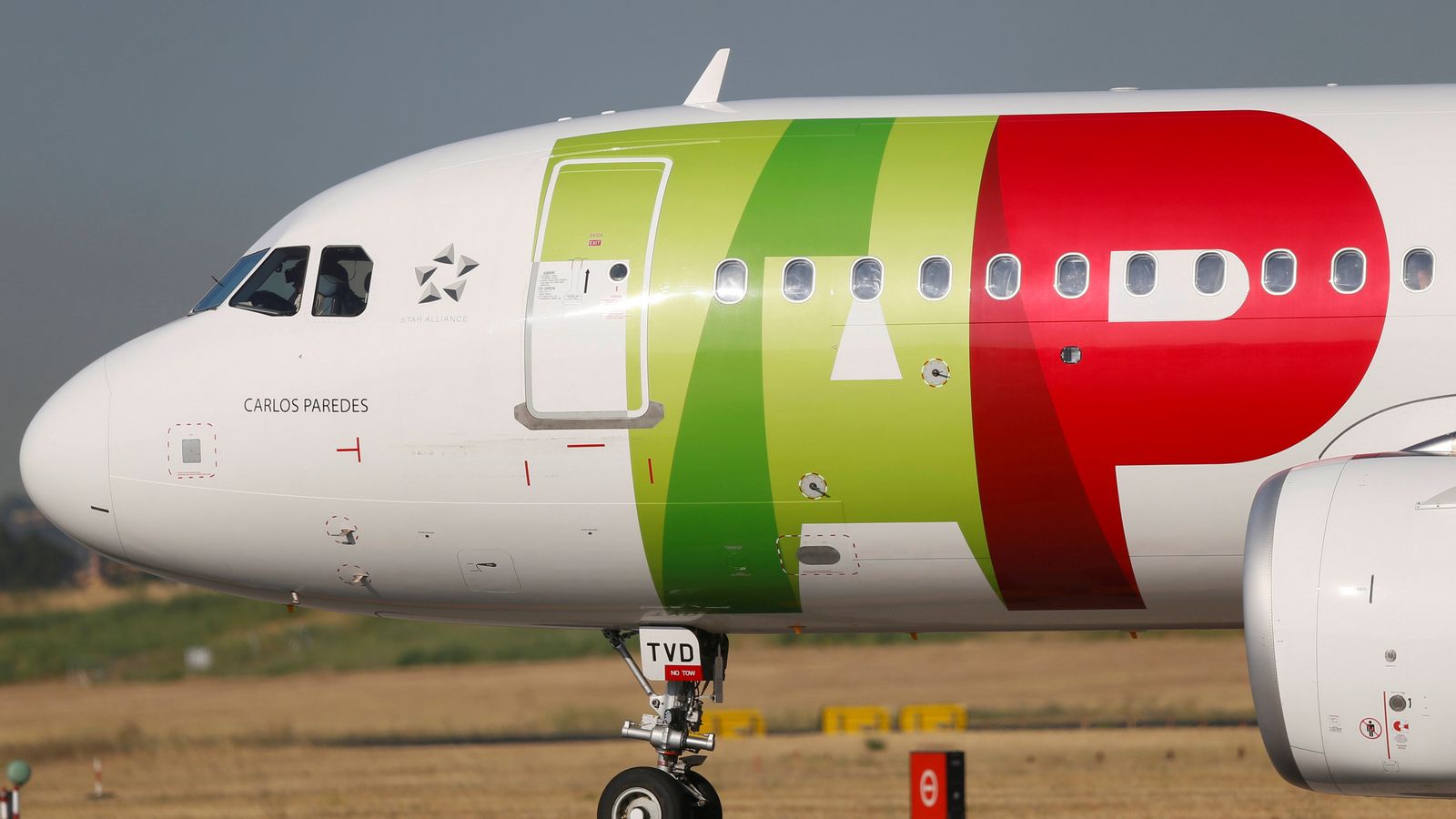
It seems strange to think in this chaotic febrile epoch we are living in, but once upon a time Iran and the United States were friends.
But the Islamic Revolution of 1979 changed that, and since then the two states have seen tensions escalate again and again.
So much so, that there’s now the real possibility of a direct confrontation between the two foes.
The killing of three American servicemen in Jordan by Iranian-backed militias is the latest episode in a bitter rivalry that’s now four decades old.
But let’s first wind back.
British and US intelligence were pivotal in helping the Iranian military overthrow Iran’s prime minister, Mohammad Mossadeq, in 1953.
This intervention, or meddling, as it was seen in the country, brought back to power the unpopular western-leaning monarchy of Shah Mohammad Reza Pahlavi, who was heavily dependent on US support for his power.
At the heart of this support was the promise of access to the country’s natural resources, particularly oil.
But, this alliance would soon be disrupted.
In 1979 the ground starts shifting across the country with a wave of civil unrest and popular protest.
This uprising would see the grand ayatollah, Ruhollah Khomeini, return from years of exile – his platform and power fuelled by vehement opposition to what he considered a servile pro-western monarchy.
Taking power with an iron grip, the new Supreme Leader would transform the country into a radical Islamic theocracy.
But this takeover would not end at Iran’s borders.
At the heart of the transformation, there was a desire to spread the revolution to neighbouring countries – a project that continues to this day.
In 1985 the emerging militant group Hezbollah pledged its allegiance to Khomeini – that relationship has gone from strength to strength.
And thanks to Iran’s patronage Hezbollah is now the most powerful militant group in the world, often described as a state within a state in Lebanon.
The spread of Iranian influence would grow exponentially over the next four decades, increasingly setting the country on a collision course with the United States and its allies.
The first big clash came quickly.
It arose after 52 American diplomats and citizens were taken hostage at the US embassy by radical Iranian students.
They were held for 444 days from 4 November 1979 until their release in 1981.
The US saw this as a serious breach of international law, but in Iran it was viewed as a blow against excessive US influence and meddling in the country.
It also burnished the credentials of the new regime, who opposed normalising relations with western countries – particularly America, which was labelled the Great Satan by the ayatollahs in their increasingly fiery speeches about foreign policy.
Operation Eagle Claw – a disastrous US attempt to free the hostages – saw a helicopter crash into a transport aircraft, causing a fire that killed eight servicemen.
During this time the US had cut diplomatic ties with Iran and banned most trade – things were not looking great.
In 1980 Iraq invaded Iran – the countries had been massive rivals but were now at war. The United States lent its hefty support to Iraq led by Saddam Hussein. The fighting, which dragged on until 1988, saw huge casualties on both sides but it is estimated as many as one million Iranians died in the conflict.
Relations with the US would remain bad. The Beirut Barracks bombing, Operation Praying Mantis, the Iran-Contra Affair and sanctions were the punctuation marks for two countries ideologically opposed, that were seemingly always at, or close to conflict.
That was until 1998 when there appeared to be glimmers of hope that relations were improving. Secretary of state Madeleine Albright met with Iran’s deputy foreign minister – it was the highest level contact since the revolution but it would not last.
A few years later in 2002 and in a seminal speech President George Bush was labelling Iran as part of the “axis of evil” – its bedfellows Iraq and North Korea.
US officials would also claim Iran was operating a clandestine nuclear programme with the intent of building a bomb.
These were the years after 9/11.
Attempts to reach diplomatic understandings since then have mostly ended in failure.
President Barack Obama tried to use the carrot of sanctions relief to tame Iran’s nuclear program.
The agreement would eventually emerge as the Joint Comprehensive Plan of Action (JCPOA).
Read more:
Who are the Iran-backed militia groups carrying out attacks?
International court rules on alleged Israel genocide case
It was hoped that the deal would steer Iran away from the big bomb, or at the very least slow progress; but many Republicans viewed it with suspicion arguing that it – along with the lifting of sanctions – gave the Iranians more power to spread their pernicious influence across the region.
Enter stage Donald Trump. Exit stage deal. The one-time – but perhaps soon to be two – US president ripped up the agreement when he withdrew America from the JCPOA.
Iran and America were soon back in a spiral of escalation. President Trump would later designate the Iranian Revolutionary Guard Corps (IRGC) a terror organisation.
Perhaps, the most significant event that underlines how broken the relationship is and how far apart the two countries have become came in the form of a US drone strike on 3 January 2020.
Qasem Soleimani, the commander of the IRGC Quds force and one of the most powerful men in Iran – and by extension the region – was killed in the attack in Baghdad.
The American action sent shockwaves through the Middle East and Iran vowed revenge.
The regime also stated it would no longer restrict its nuclear program.
All of this forms the backdrop to current events. It is hard to see in the present climate how things can improve.
In fact, with the war raging in Gaza and Iranian-backed militias across the region taking pot shots at US forces, things look set to get even worse.

